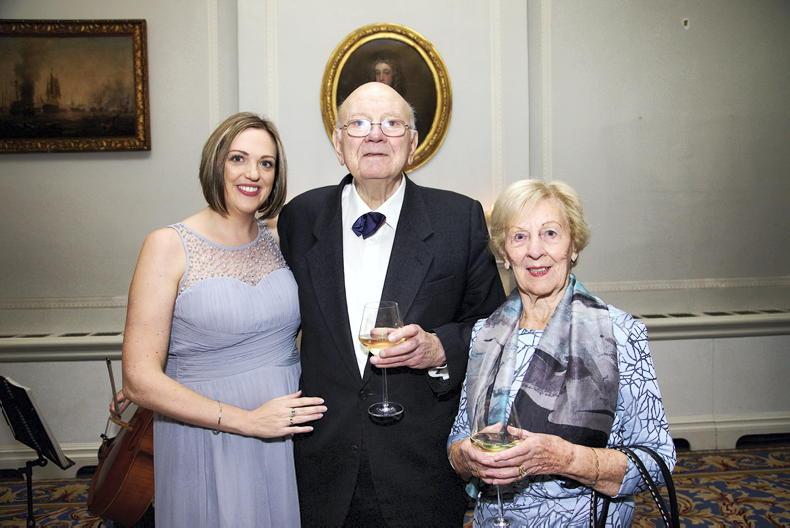Last weekend, we heard the sad news of the passing of Larry Sheedy. Larry was a long-serving journalist at the Irish Farmers Journal (IFJ) and a broadcaster in RTÉ. He was a founding member of the Guild of Agricultural Journalists and the first Irishman to become world president of the International Federation of Agricultural Journalists (IFAJ). We extend our condolences to his family and you can read about Larry’s life on page 33 of the IFJ.
This is a piece Larry wrote for Irish Country Living in 2019. It was around the time that Graham Norton released his book A Keeper where the two main characters met through the IFJ’s Getting in Touch column. Larry let our readers in on a little bit of history about how the column started.
Getting in Touch
Getting in Touch was conceived in the kitchen of my father’s farmhouse more than 50 years ago and I was a key witness. It was a very masculine farm home and men would gather there at least weekly for the kind of chat that was so common before television and many other distractions.
One particular regular was a bachelor in his early 50s who owned a decent farm with a new bungalow and a Hillman Imp car. Not bad at all you’d say, but his weakness was that he never had a romantic bone in his body. Naturally, his friends would often steer the conversation around to his dilemma. Loneliness. And no sign of him doing anything about it.
One statement that he made which I won’t easily forget was: “I’ll tell you all something, I’m not going to spend another winter in that bed without somethin’ between me and that cold wall.” I had a brain wave. As a member of the IFJ staff, I suggested that he should concoct an advertisement requesting correspondence with appropriate women. He did, with some help and a lot of restraint on how he would word the very short message. It was published under the new heading of Getting in Touch and it worked.
It was the first message of its kind and it was a rare piece of communication in so far as there was only one other connecting service in Ireland, managed by a priest in Co Roscommon. It was obviously the beginning of a partial solution to a significant national problem. In the 1940s and 50s, and into the 60s, almost half of Irish farmers didn’t marry and many of those who did left it very late in life. The reasons for this added up to a very complicated situation. In many cases they were waiting to inherit the property and their parents found it very hard to let go. Also girls were very slow to move into a farmhouse already occupied by a strong woman. Fifteen- and 20-year courtships were not uncommon.
The IFJ’s service was an immediate success. Notices poured in from dozens of farmers who had left it a bit late to take action, from those who were in remote areas, probably faced with restricted opportunities for social contact, and women who were unhappy with the city life that had attracted them as young girls or who had moved out of home to become nurses or teachers in Ireland or overseas and whom were missing rural life in their home districts.
But did it really work? That was the big question. Confidentiality was an essential part of the service and I obviously had no access to the content of the sealed responses that were channeled through the IFJ offices. What I can reveal though is that some marriages have been the result of the idea concocted in our farmhouse. And our man by the cold wall, our very first entry? Well he got 27 replies and arranged meetings with about six of the women concerned. Beyond that my lips are sealed.






 This is a subscriber-only article
This is a subscriber-only article











SHARING OPTIONS: